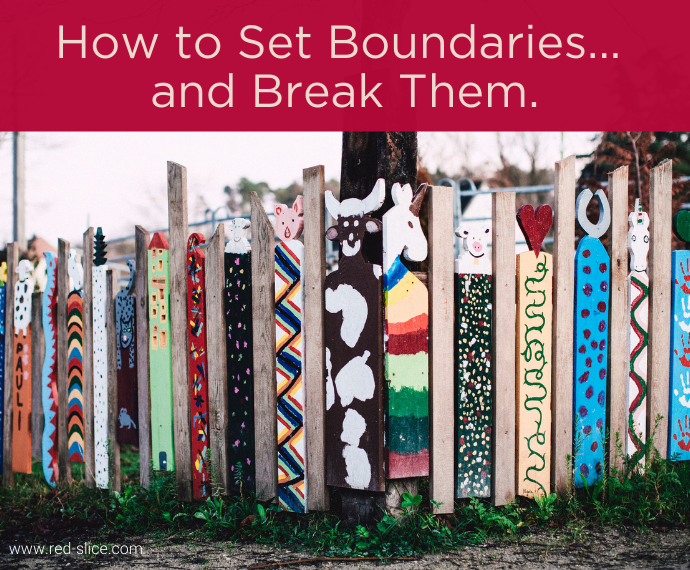As many of you know, this summer I’m on sabbatical as I take a 5-week summer acting congress with San Francisco’s American Conservatory Theater (A.C.T.), one of the most renowned theaters and actor training/MFA programs in the country. Alumni include Annette Bening,, Denzel Washington, Elizabeth Banks, Anika Noni Rose and countless other working actors whose faces you’ve seen but whose names you may not know. Even Blaine from Glee is a Youth Conservatory graduate.
We are now in our last week and it’s been an amazing experience: creative, intense, exhausting, lively, moving. I have 15 other people in my “company” and we are like a band of brothers, spending sun-up to sundown together, exposing our most vulnerable selves and exploring expression via our voice, bodies and minds as we work to become better storytellers.
Invited to completely let go and try everything out in order to get closer to the true art of acting, we are also naked and exposed. Failures happen. Frustrations mount. And inevitably, we are forced to confront criticism.
Thankfully, our instructors are some of the kindest and most generous people I’ve ever met. They’ve worked with some of the greats and I take everything they say to heart. Plus, I am the sort who craves feedback like a sugar addict on a juice cleanse. But sometimes, negative criticism can sting. Especially when you completely put yourself out there – as you do with your business, your art or your work.
So how can you respond? Here are 7 ways you can cope with criticism:
Breathe deeply, open your ears and listen:
Easier said than done, but put aside your indignation for a second, take a deep breath and actively listen to the feedback. When you feel yourself slipping into your inner monologue of anger and despair – while the person is still talking – focus your mind on the words they are saying. Taking notes while you get this feedback can help you slow down and really hear the feedback so you can improve things for next time around.
Have a good cry:
I don’t recommend doing this while you are actually receiving the criticism for three reasons: One, it prevents you from practicing Tip #1. Two, if they are a nasty person, you don’t want to give them the satisfaction. Three, if this is a professional situation, it can make the critic very uncomfortable and no matter what he or she says, they will always remember you as The Crier. If you must cry (and we’ve all been there), wait until you are alone and let the tears flow. I know this can be hard, especially when you feel wronged or misunderstood, but try. And then once you’re alone, enjoy the cathartic release. Once you clear the pain physically from your body, unclench your muscles and sniffle away the last of the sobs, your mind will be clear enough to play back the feedback and find the gold.
Argue your case:
I don’t recommend this one…and this is coming from someone who has tried on several occasions. First, the person criticizing you may not give a fig what you think and so you are just wasting your breath. Second, getting defensive means you are not taking in what the person is saying to gain any sort of benefit out of it. And third, the person could be a boss, valuable client or a VIP decision maker who can make or break your career and it’s best not to burn bridges. Of course, if someone is stating outright lies, you should defend yourself but do it with facts and have an adult discussion, not a tantrum. Or better yet, as I have done in the past, go away for a bit, consider the criticism and draft a “reply” of sorts, walking the person through your thinking. You may not change their mind, but they (and others who hear about it) will respect you far more for playing it cool. Nothing good happens when you let your temper get the best of you in the moment – trust an Italian redhead on this one, please.
Consider the context:
For all of us in this summer acting program, we understand we are here to learn and the teachers are here to teach. That’s what we’re paying for. If we can’t take criticism along with praise, then what the hell are we all doing? The point of the program is to attempt, finesse and improve, and no one can do this in a vacuum. Same goes if you get negative customer, client or audience feedback. Appreciate that someone is taking the time to tell you how you can make things better and also acknowledge the relationship – you are there to serve them. They have a right to tell you how they think you did. Learn from it and improve for the next time.
Understand the agenda:
Often people criticize in a very blunt and hurtful way and it can be anything but constructive. It just feels like they personally hate you and want to watch you die. This stings the most, especially when you’re not expecting it. But as with the tip above, it’s all about seeing the bigger picture. What’s this person’s angle? Are you a threat? Does keeping you down elevate them? Or maybe this person uses fear and negativity as way to exert power, as a previous manager of mine did. At first she made me so angry, I’d cry (not in front of her – see #2) When I realized this, I started to take her critiques with a grain of salt, throwing out the crap I thought was her own baggage and taking in what made sense. It actually helped our relationship. Or perhaps the critic has a certain communication style born out of personal tragedy or hurt. Whatever the case, consider the critique’s source and make sure you understand what’s in it for them before you take everything to heart.
Don’t dwell on one bad review:
I can’t tell you how many times I’ve seen great online reviews and received kind emails about my books, but then I let the one Negative Nellie nag at my soul. Everyone is entitled to their opinion and it’s JUST ONE OPINION. Instead, look at the aggregate, not the extremes, and see if there are nuggets you can find for delighting people even further next time. Even the casting director we’re working with, who is pretty damn direct with feedback, always adds that this is just her personal aesthetic, and that doesn’t mean other casting directors would have a problem with a piece being performed a certain way. At least we know with her there is absolutely zero B.S. which is powerful and useful to us. If it helps, create a Feel Good folder and put all praise and compliments in that folder. When you find yourself dwelling on that one low presentation score or bad online review, start reading those Feel Good items and snap yourself out of it.
Do something:
If the critique is useful and you’ve considered the source and the context to be valid, I don’t recommend you do nothing with it. Denying all feedback and continuing to do things the same old way is not a recipe for growth. Many people feel most comfortable wrapping themselves up in their cocoon of self-delusion, but try to find the takeaway in what critics offer up. You may find that something you intended did not come across as you’d hoped so you need to be clearer. Or that you overlooked a minor detail that you now understand makes a big difference. In my acting program, I’m learning that the emotions in my head are not always translating into clear viewable actions for the audience. So now I know I have some work to do. See how you can Implement the valid criticism you get into real action steps and make your work/art shine even brighter.
No matter what the situation, always view negative feedback as a chance to improve and grow. Never use it as an excuse to quit. (Tweet!)
I invite you to try one of these the next time you’re slapped with the criticism stick and see what transpires.
Have you ever received negative criticism? How did you react to it? Any good tips or tricks for how you made it work for you? Please share in the Comments…you never know when your experience can help someone else!







